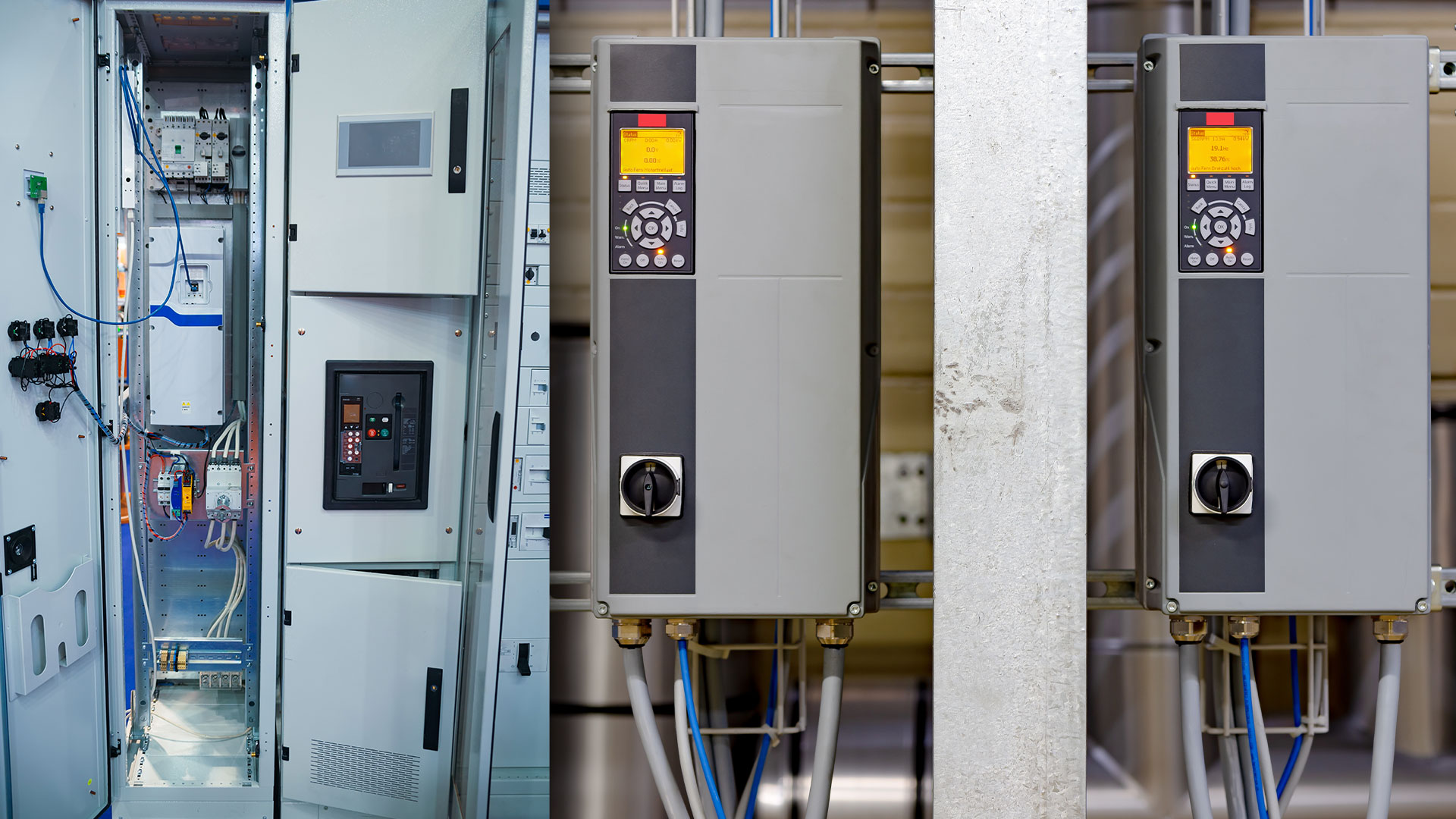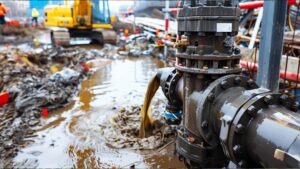A variable frequency drive pump is a pumping system integrated with a variable frequency drive (VFD) that controls motor speed and torque to optimize flow and pressure. This technology enables industries to match pump output with demand, thereby improving efficiency and extending the lifespan of equipment. From mining operations to municipal water treatment and offshore platforms, the ability to fine-tune pump performance has become essential.
For a variable frequency drive pump to produce reliable results, maintenance is mandatory. The variable frequency drive’s electrical and mechanical parts are susceptible to wear, dust accumulation, and overheating if improperly maintained; these problems can quickly result in unscheduled downtime. Maintaining these units involves more than simply technical performance for engineering managers, project contractors, and government clients; it also demands compliance, asset protection, and ROI maximization.
This blog describes useful best practices for maintaining variable frequency drive systems in sectors including mining, oil & gas, municipal utilities, and defense. It gives decision-makers in charge of sustaining essential facilities concrete actions to take by stressing resilience, performance, and lifecycle management.
Why VFD Pumps Require Regular Maintenance
Unlike traditional pumping systems, a variable frequency drive pump operates under both electrical and mechanical stresses, increasing the need for preventive maintenance. Heat cycles, vibration, and continuous operation gradually loosen connections and place strain on internal components. Moisture, dust, and corrosive environments further accelerate wear, making proactive care essential for long-term reliability.
One of the most common risks with a variable frequency drive pump is overheating. If ventilation systems are blocked or cooling fans fail, heat can rapidly degrade components, leading to costly repairs. Dust and dirt are another important concern because they block airflow and harm sensitive electrical components. Loose terminals are a common vibration-related problem that can cause arcing, malfunctions, or system failure. Moisture absorption remains a serious danger in maritime, mining, and municipal applications, where it may cause premature corrosion and limit service life.
Neglecting the upkeep of a variable frequency drive pump often results in unplanned downtime, higher repair costs, and potential compliance violations. For operations where uptime is directly tied to revenue and safety, such as mining dewatering systems, refinery operations, or municipal sludge treatment, the consequences are particularly severe. By recognizing these risks and implementing routine care, managers ensure that each Variable Frequency Drive (VFD) pump remains dependable and cost-efficient throughout its service life.
Preventive Maintenance Schedule for Variable Frequency Drive Pumps
A structured preventive maintenance program is the most effective way to ensure that every variable frequency drive pump performs reliably over its service life. Rather than waiting for faults or inefficiencies to appear, scheduled inspections allow teams to identify small issues before they escalate into costly failures. For procurement heads and engineering managers, this approach helps maximize uptime, extend equipment longevity, and deliver predictable ROI.
Manufacturers of Variable frequency Drive generally provide detailed maintenance schedules. While specifics vary, the following intervals represent industry best practice for maintaining a variable frequency drive pump across mining, oil and gas, municipal, and defense applications:
| Interval | Key Tasks |
| Weekly | Perform visual inspection of the VFD pump, checking for dust, debris, overheating, or unusual noise. Record environmental factors such as temperature, humidity, and operating voltage. |
| Monthly | Clean or replace air filters, inspect vents and fans for blockages, and check for moisture control in the operating environment. Verify the variable frequency drive pump enclosure remains sealed against dust and contaminants. |
| Annually | Conduct detailed cleaning using a vacuum (not solvents), tighten all electrical connections, and run diagnostic checks. Replace cooling fans every 3–5 years and bus capacitors every 7 years, following manufacturer guidelines. Update the firmware to ensure the VFD pump maintains peak performance and meets cybersecurity compliance requirements. |
By following these intervals, operators of a variable frequency drive pump can significantly reduce downtime and improve compliance with both industry regulations and manufacturer warranty conditions.
Step-by-Step Maintenance Best Practices
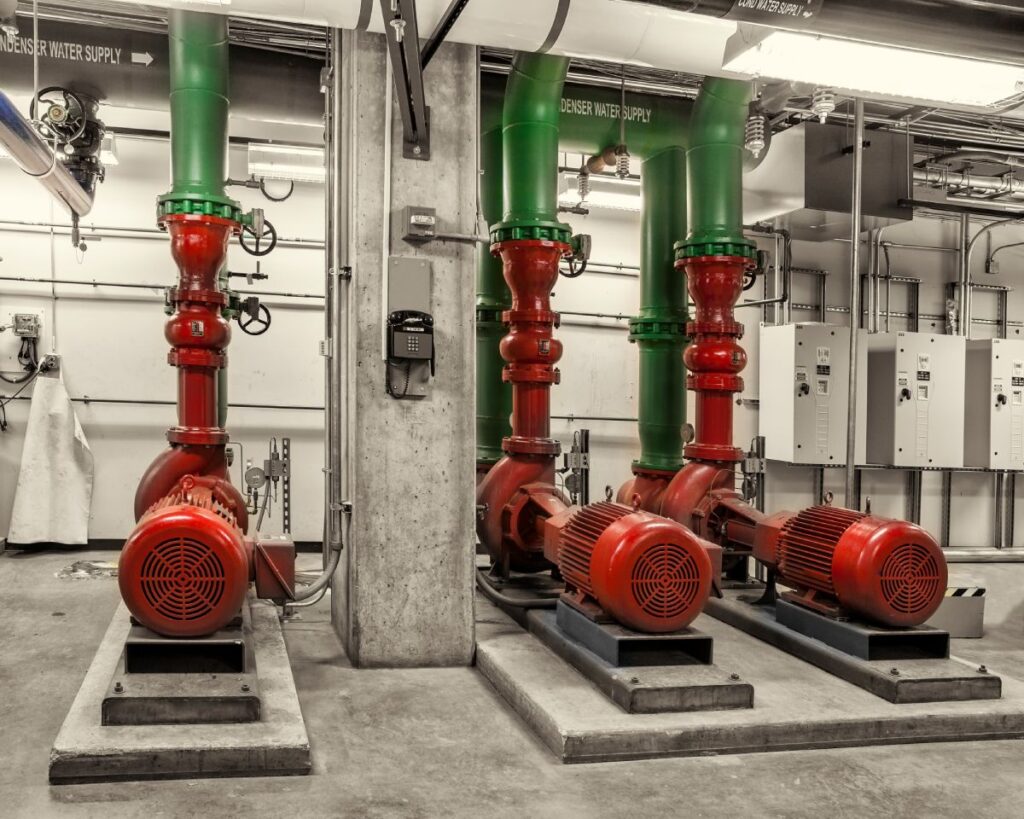
Preventive schedules provide the “when,” but effective care also requires knowing “how.” The following step-by-step best practices address the most common maintenance challenges for a variable frequency drive pump and are applicable across industries.
Keep Units Clean
Dust, dirt, and grease reduce cooling efficiency and place unnecessary stress on sensitive electronics. Cleaning vents, filters, and heatsinks ensures consistent airflow through the variable frequency drive pump. Regular dust removal prevents overheating and extends the life of cooling fans, improving reliability.
Control Moisture & Environment
As mentioned above, humidity and water exposure are significant threats to any variable frequency- VFD pump. Units should be stored and operated in dry environments, with dehumidifiers installed where necessary. Corrosion prevention measures, such as sealed enclosures, safeguard critical circuits from long-term damage.
Check & Tighten Connections
Electrical terminals inside a variable frequency drive pump can loosen over time due to heat cycles and vibration. Inspecting and tightening connections prevents arcing, reduces the risk of electrical faults, and maintains stable output performance.
Monitor Operating Parameters
Modern variable frequency drive – VFD pumps provide diagnostic data on output voltage, current, temperature, and frequency. Routine monitoring of these parameters, supported by built-in diagnostic tools, enables early detection of irregularities before they compromise performance. This practice ensures each variable frequency drive pump continues to operate within safe thresholds.
Replace Components Proactively
Cooling fans and capacitors are wear-prone components that directly impact pump reliability. Proactive replacement at manufacturer-recommended intervals helps avoid sudden failures. Scheduling these replacements ensures the variable frequency drive pump runs efficiently, with minimal disruption to operations.
Software & Firmware Updates
A variable frequency drive pump relies on both software and hardware. Regular firmware updates not only optimize performance but also address security vulnerabilities. Keeping systems current protects against cyber risks and ensures the VFD pump integrates smoothly with modern monitoring platforms.
Industry-Specific Considerations
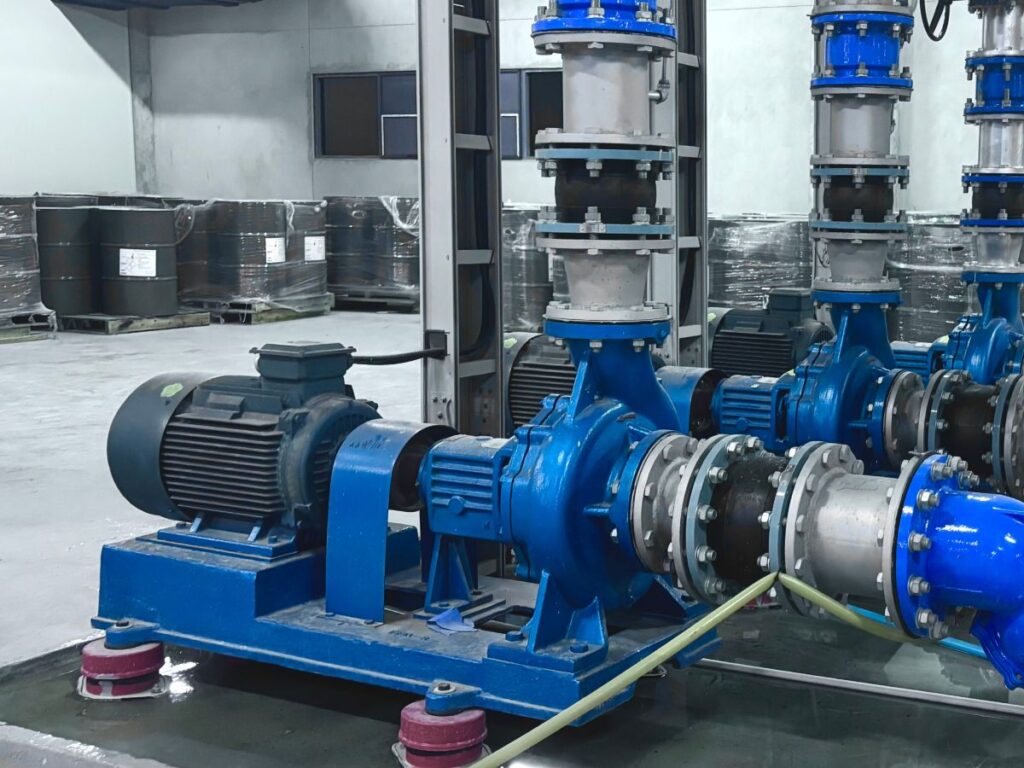
Mining & Mineral Processing
Mining environments expose equipment to constant dust, abrasive particles, and vibration from heavy machinery. Under these conditions, a variable frequency drive pump requires special care for maintenance. Cooling systems are often susceptible to blockage, which can quickly lead to overheating if not addressed. Regular inspection of air filters, heatsinks, and ventilation ducts is essential to keep the VFD pump operating within safe temperature ranges.
Additionally, sealing integrity is necessary in preventing fine mineral dust from entering sensitive electronics. Implementing a strict preventive maintenance schedule reduces the risk of component failure, ensuring uninterrupted slurry pumping and dewatering operations. By keeping the variable frequency drive pump optimized, mines can minimize unplanned downtime and maintain higher production throughput, delivering measurable ROI for procurement heads and contractors.
Oil & Gas
Oil and gas applications require continuous uptime, where even minor disruptions can result in millions of dollars in lost productivity. A variable frequency drive pump on offshore rigs, refineries, and petrochemical plants must withstand fluctuating temperatures, corrosive atmospheres, and hazardous gases. Cooling fans, capacitors, and electrical connections are particularly susceptible to damage in these environments.
Routine monitoring of performance parameters, such as voltage, frequency, and temperature, ensures that each VFD pump remains within its operational limits. Many operators also integrate diagnostic software to track performance trends and schedule component replacements before failures occur. For contractors and project managers, consistent maintenance of a variable frequency drive pump directly supports safety compliance, protects assets, and guarantees production continuity in one of the world’s most regulated industries.
Municipal Water & Wastewater
Municipal plants face unique challenges with sludge transfer, biosolids processing, and wastewater treatment. These processes require the continuous reliability of a variable frequency drive pump to meet environmental compliance standards. Even brief interruptions can lead to treatment delays, fines, or service disruptions affecting communities.
Preventive maintenance of a variable frequency drive (VFD pump) often includes cleaning air filters, inspecting enclosures for moisture ingress, and verifying the stability of electrical connections. By reducing unexpected failures, municipalities can lower their O&M budgets while improving long-term system performance. For government buyers, proper maintenance of a variable frequency drive pump is a financial safeguard, ensuring uninterrupted compliance while extending the lifecycle of critical infrastructure.
Marine & Defense
Marine and defense applications expose equipment to some of the harshest conditions: saltwater, humidity, constant motion, and vibration. A variable frequency drive pump on naval ships or port facilities must be regularly inspected for signs of corrosion and water intrusion. Special coatings and sealed enclosures can offer protection, but they must be regularly checked as part of routine maintenance.
Lifecycle cost savings are a major consideration for defense agencies and port authorities. By maintaining the VFD pump with moisture control, proactive component replacement, and firmware updates, operators can extend service life and reduce the frequency of costly overhauls. In mission-critical scenarios, where reliability can directly impact national security or commercial shipping operations, a well-maintained variable frequency drive pump is not just a piece of equipment; it is a strategic asset.
Balancing Cost and ROI in VFD Pump Maintenance
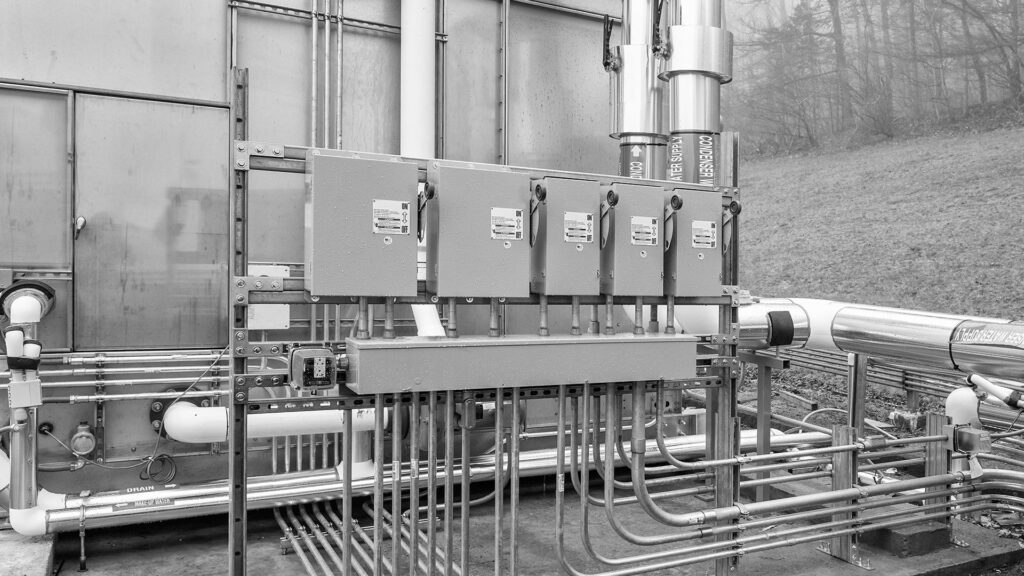
One of the most common challenges for decision-makers is justifying maintenance budgets against other operational priorities. While the upfront cost of scheduled inspections and component replacements for a variable frequency drive pump may appear high, the financial risk of failure is significantly greater. Downtime in critical applications such as mining dewatering, refinery operations, or wastewater treatment can result in substantial revenue loss, regulatory penalties, or emergency repair expenses.
Preventive care ensures that each VFD pump continues to operate within safe and efficient parameters. By proactively replacing fans, capacitors, and other wear-prone components, companies can extend the service life and avoid the cascading damage that occurs when minor issues are neglected. This strategy lowers the total cost of ownership by reducing emergency interventions and unplanned shutdowns.
The long-term ROI is evident across multiple industries with respect to variable frequency drive. For procurement heads in mining, investing in structured maintenance for a variable frequency drive pump translates into fewer stoppages and higher ore throughput. In municipal sectors, preventive maintenance schedules help keep sludge treatment systems compliant while reducing operational and maintenance (O&M) costs. Contractors in construction or defense benefit from predictable equipment performance, which reduces project delays and protects contractual obligations. In every case, disciplined upkeep of the VFD pump delivers financial and operational returns that outweigh the initial maintenance expense.
The Strategic Value of Preventive Care
Maintaining a variable frequency drive pump is not only a technical necessity but also a strategic decision that directly affects performance, compliance, and profitability. By adopting a structured program of preventive inspections, component replacements, and parameter monitoring, organizations ensure that each VFD pump continues to deliver consistent results in demanding environments.
The benefits of Variable Frequency Drive are clear: improved reliability, reduced downtime, compliance with industry and government standards, and measurable cost savings throughout the equipment’s lifecycle. For procurement heads, engineering managers, and project contractors, structured maintenance provides both operational stability and long-term ROI.
At Pump and Dredge Source, we provide customized support to organizations seeking to optimize the performance of their pumping systems. Contact us today to explore maintenance strategies and pump solutions that align with your project requirements and operational goals.
